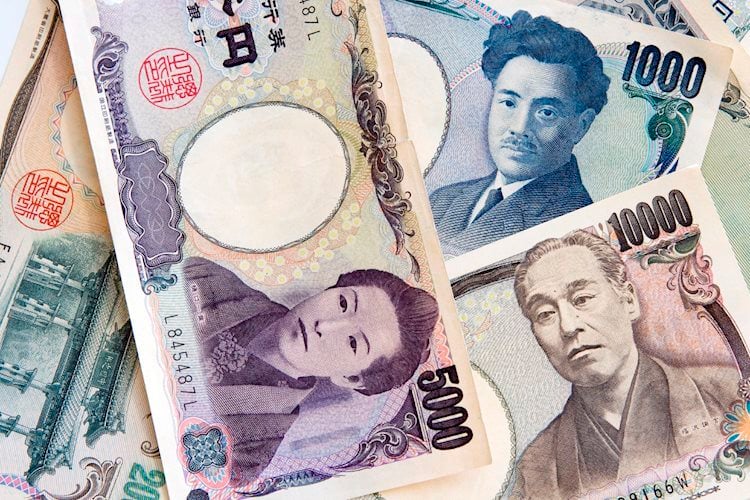Tata Group surpasses Pakistan GDP in market value: reflects corporate power and economic contrast

quick take
Tata Group’s market value exceeding Pakistan’s GDP is a historic milestone that highlights India’s corporate capabilities and economic growth. With a market capitalization of $365 billion, Tata’s performance, driven by the outstanding performance of companies such as Tata Motors and TCS, highlights the enormous potential of the Indian conglomerate against the backdrop of Pakistan’s economic challenges.
The Tata Group currently boasts a total market value of $365 billion.
In a remarkable testament to corporate influence and economic scale, the total market capitalization of Tata Group listed companies has surpassed Pakistan’s entire gross domestic product (GDP). The conglomerate, which has interests in a variety of fields from salt to software, currently has approx. $365 billion. This surpasses this. International Monetary Fund (IMF) estimates It is approximately twice the GDP of Pakistan. $340.64 billion.
Contrast with Pakistan’s economy
This milestone not only highlights the financial power of one of India’s top companies, but also highlights the contrasting economic trajectories of India and neighboring Pakistan. While Tata’s listed companies, led by IT giant Tata Consultancy Services (TCS), have posted multiple returns, Pakistan is facing a severe economic crisis characterized by high debt levels and inflation.
Tata Motors and Trent are among the group’s strong performers, with their stock prices soaring 110% and 200% respectively in the past one year. This surge in value signals the robust health of the conglomerate’s diversified portfolio, which spans from automotive to retail, IT and power.
With a market capitalization exceeding Pakistan’s GDP, the rise of large companies also sheds light on the broader economic picture. Pakistan faces severe economic challenges, with external debt and liabilities reaching $125 billion and the need to secure funds for upcoming debt repayments.
By contrast, India’s economy, about 11 times larger than Pakistan’s, is on track to become the world’s third-largest economy by fiscal 2028, based on strong GDP growth, demographic advantages, and strategic policy reforms aimed at improving manufacturing and digitalization. there is.
India’s economic trajectory
India’s economic picture is optimistic, with significant investments in digital infrastructure, energy transition, and robust inflow of foreign direct investments. The country’s GDP is expected to double from $3.5 trillion in 2022 to $7.3 trillion in 2030, reflecting a powerful combination of policy initiatives, technological advancements, and an expanding middle class.
The juxtaposition of the Tata Group’s market capitalization milestone with Pakistan’s economic challenges highlights the dynamism of the region’s economy more broadly. While Tata’s achievements reflect the business entity’s potential to compete with national economies in scale, Pakistan’s situation highlights the urgent need for economic reform and stability.
This contrast draws attention not only to the resilience and ambition of Indian businesses, but also to the serious economic challenges facing some countries in South Asia.
As India continues to solidify its position on the global economic stage, the Tata Group’s performance serves as a symbol of corporate success and a reminder of the transformative power of economic policy, innovation and corporate governance. The future appears to depend on those who can harness this power to create lasting value, not only for shareholders but for society as a whole.
Read more: Japan falls from 3rd place: Recession costs economy global rankings



